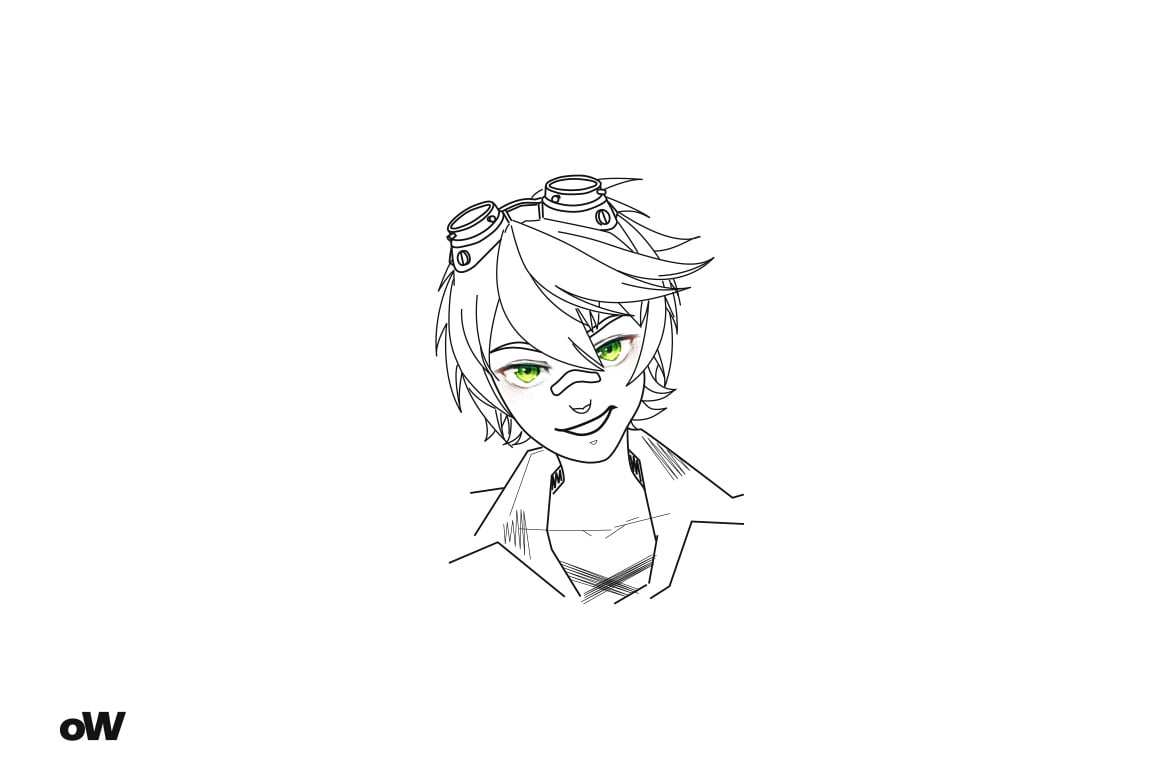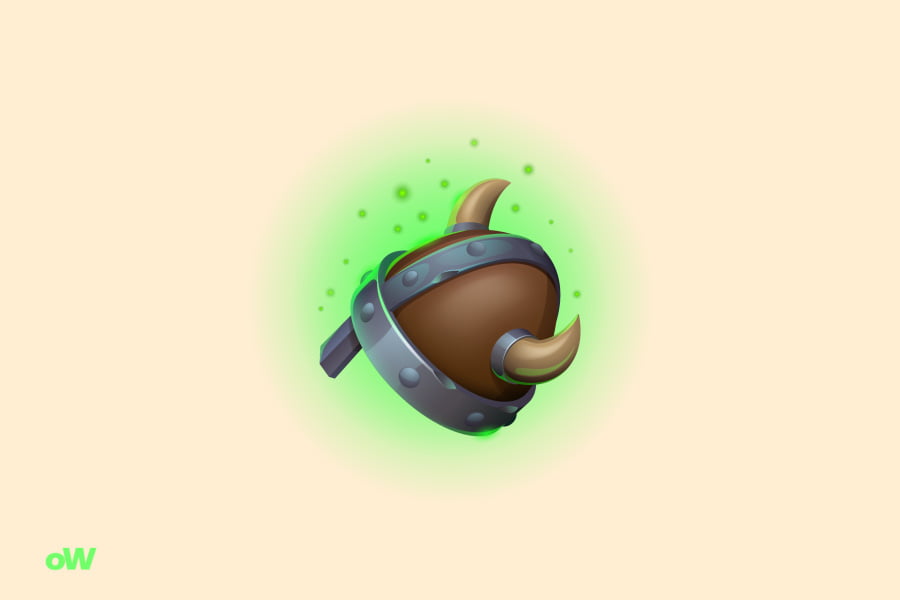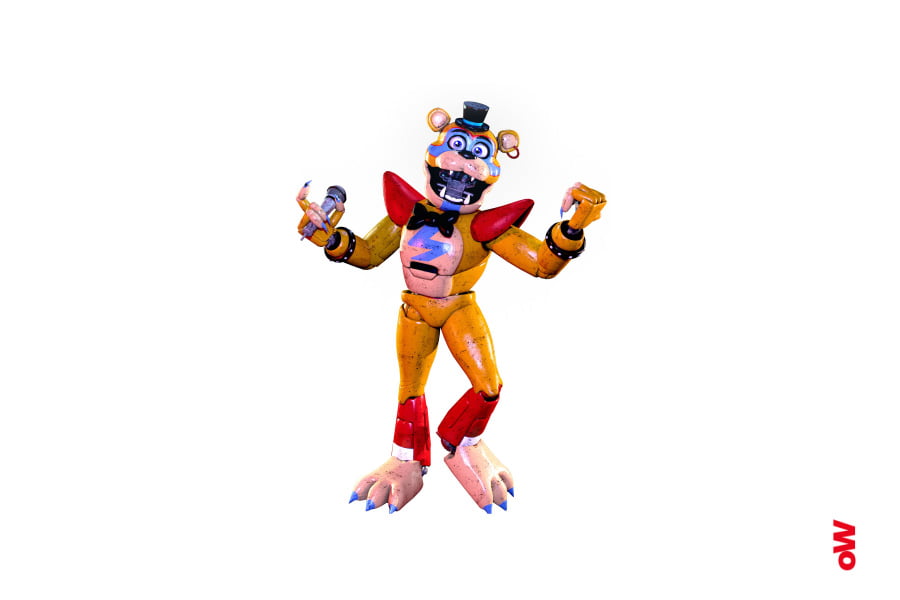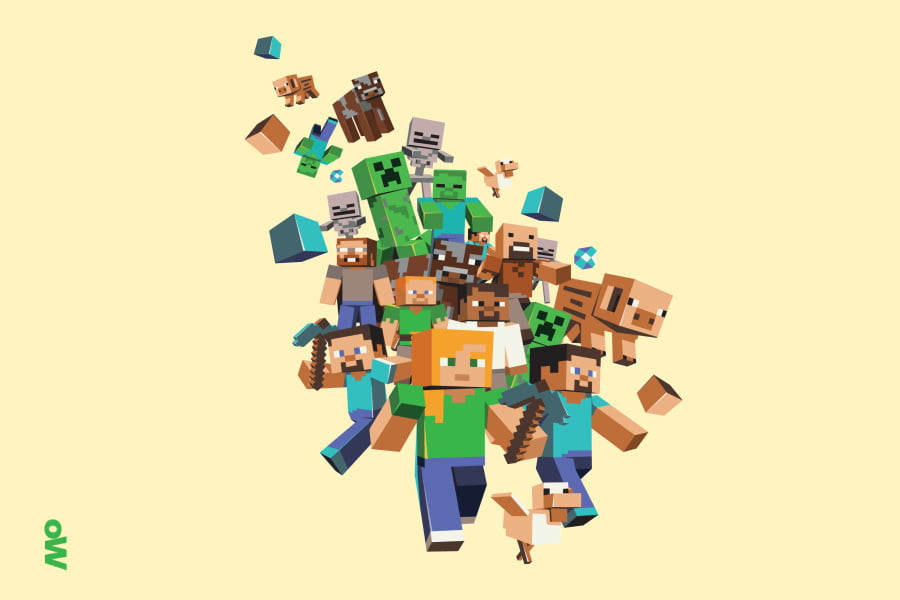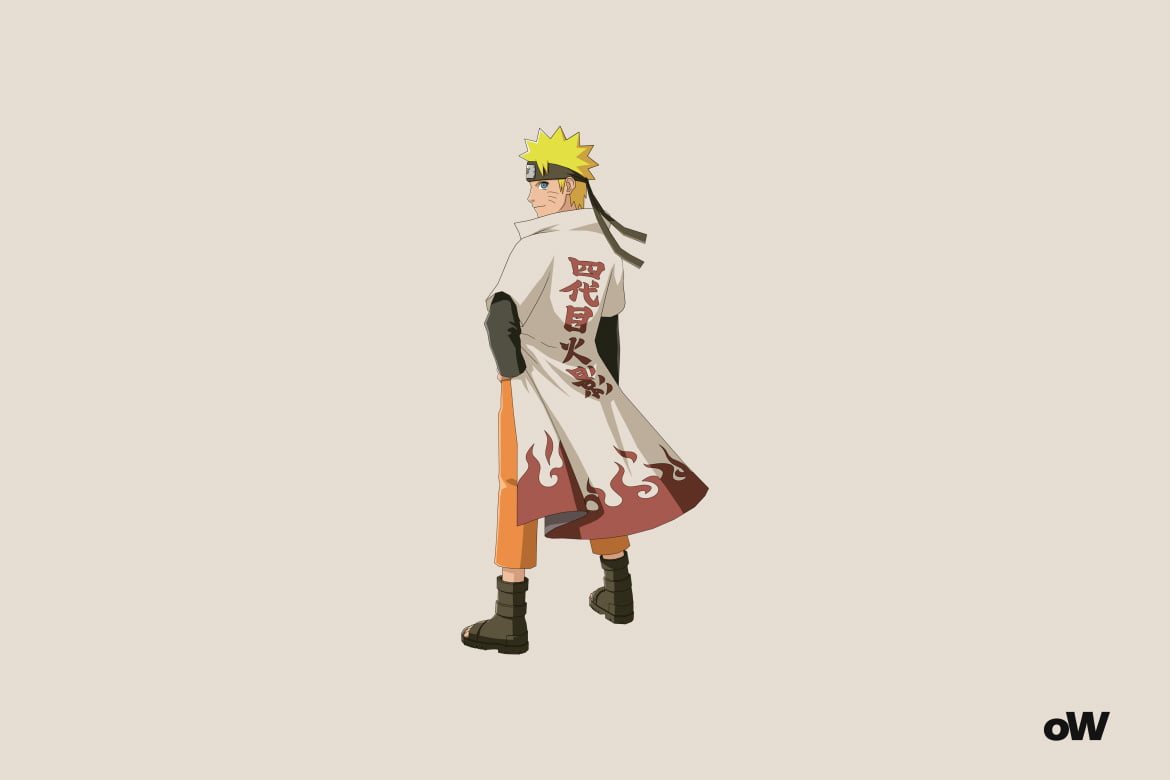151 Pokemon Quiz – Name Them All
For technical reasons, the quiz is divided into two parts. After completing the first part, you will proceed to the remaining 51 questions in the second part.
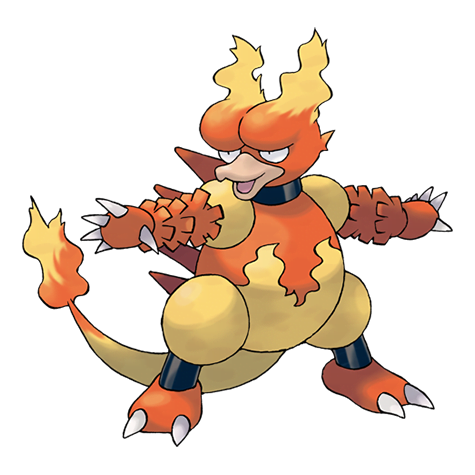
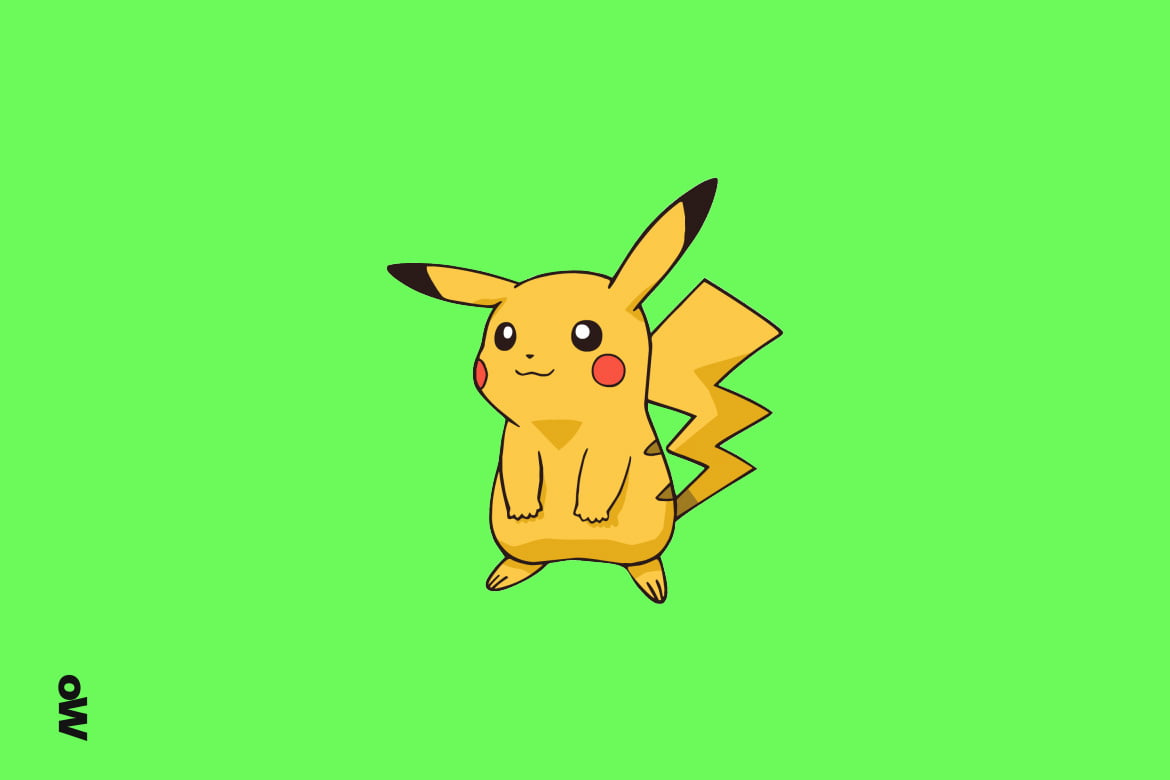
In 1996, an event occurred that forever changed the entertainment industry – Pokemon Red and Green was released in Japan. Today, almost three decades later, the Pokemon phenomenon hasn’t just persisted; it continues to attract new fans worldwide. And although there are now more than 900 species of these amazing creatures, the first 151 Pokemon remain the most beloved and recognizable for many fans.
Who are Pokemon?
Pokemon are extraordinary creatures inhabiting a fictional world where they coexist with humans. Each Pokemon possesses unique abilities determined by their type – the first generation introduced 15 different types, ranging from the familiar Fire-type to the mysterious Psychic-type. This type system created a complex and well-balanced game mechanic where each type has its strengths and weaknesses.
Brief History of Pokemon
The creation story of Pokemon is a tale of passion, perseverance, and innovation. Satoshi Tajiri, the series’ creator, grew up in Tokyo’s suburbs when the city was rapidly expanding, consuming natural landscapes. As a child, he was passionate about collecting insects, and this hobby later inspired him to create a game about catching and collecting creatures.
The development of the first games in the series took six grueling years. Game Freak, the company founded by Tajiri, worked practically without salary. Tajiri himself often slept in the office and forwent his salary to pay his employees. Many considered the project doomed to fail – who would want to play a game on the outdated Game Boy when the first 32-bit consoles were already on the market?
However, Nintendo, led by the legendary Shigeru Miyamoto (creator of Mario and Zelda), saw potential in Tajiri’s idea. The company not only funded the development but also provided the team access to Game Boy’s communication technology, enabling the revolutionary mechanic of Pokemon trading between players.
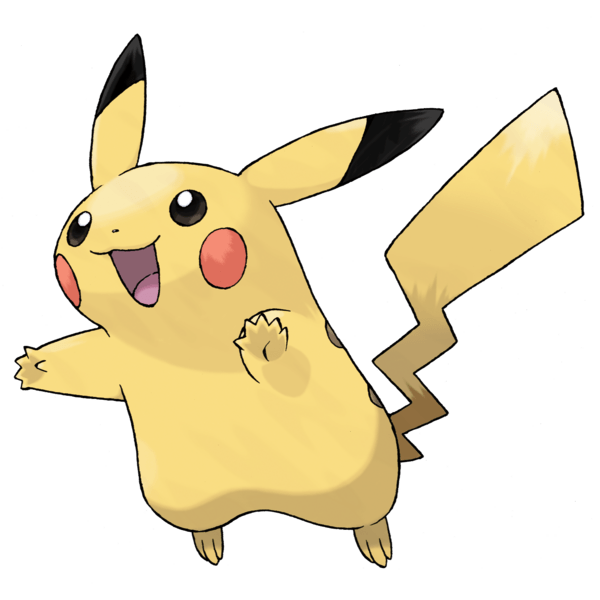
Why 151?
The number 151 holds special significance in Pokemon history. Initially, the team planned to create exactly 100 Pokemon, which already seemed an ambitious goal for the Game Boy’s capabilities. Each design passed through the hands of artist Ken Sugimori, who created all illustrations independently using watercolors and colored pencils.
During development, the number of Pokemon gradually increased. Developers added new creatures based on various sources of inspiration: Japanese mythology, urban legends, real animals, and even random objects. For example, the Pokemon Voltorb was created based on a regular Pokeball due to time constraints in developing a more complex design.
The last added Pokemon was the legendary Mew – creature number 151. It was secretly added by programmer Shigeki Morimoto without Nintendo’s knowledge, just weeks before the game went into production. This decision spawned numerous rumors and urban legends, which only increased the game’s popularity.
What is this Quiz About?
Our quiz is dedicated to these legendary 151 first-generation Pokemon. It tests not just knowledge of names but immerses participants in the rich history of each creature. Every first-generation Pokemon has its unique creation story, cultural references, and place in the series’ overall mythology.
For example, the famous evolutionary line of Charmander-Charmeleon-Charizard is based on the idea of growing up and overcoming challenges. A small fire lizard gradually transforms into a mighty dragon, reflecting the trainer’s own journey to maturity. Interestingly, Charizard was originally meant to be the last Pokemon in the Pokedex, but the order was later changed.
The quiz features rare Pokemon like Farfetch’d, whose design is based on a Japanese saying about a duck carrying its own leek – suggesting it’s ready for soup. Or Jynx, whose initial design sparked controversy and was later modified due to possible racial stereotypes.
Description of the Most Popular Pokemon
Let’s start with the franchise’s icon – Pikachu. Initially, this electric rodent wasn’t planned as the series mascot. Moreover, its design underwent significant changes: early versions of Pikachu were considerably plumper and less cute. The decision to make Pikachu the main character of the anime series was made at the last moment – this role was originally intended for Clefairy.
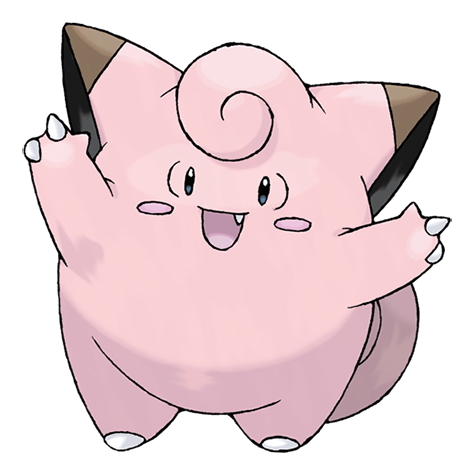
Bulbasaur, the first Pokemon in the Pokedex, represents a unique combination of plant and animal worlds. Its design is based on the concept of symbiosis: the bulb on its back isn’t just a plant but a separate organism living in harmony with its host. This makes Bulbasaur special even among other Grass-type Pokemon.
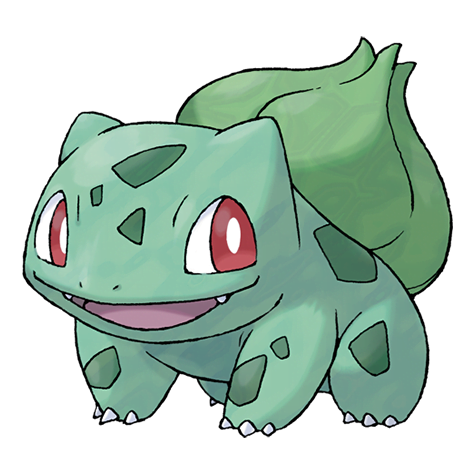
Mewtwo, one of the most powerful first-generation Pokemon, is the result of genetic experiments on Mew’s DNA. Its creation raises serious ethical questions about the boundaries of scientific research and scientists’ responsibility. The journals found in the Cinnabar Island Mansion describe the tragic story of its creation and subsequent rebellion against its creators.
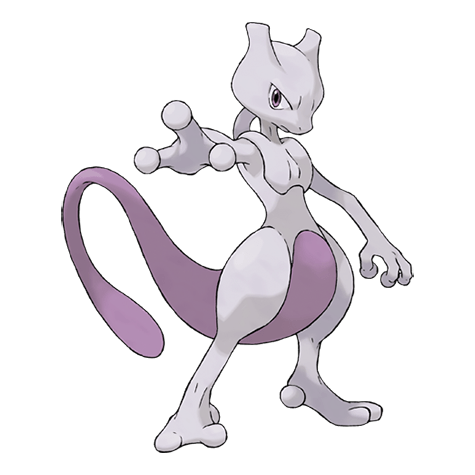
Gengar, Gastly’s final evolution, is surrounded by many theories. One of the most popular suggests that it is Clefable’s shadow or spirit – hence their similar silhouettes. This theory is supported by the fact that in the first games, Gengar could only be obtained through trading, symbolizing a Pokemon’s loss of physical form.
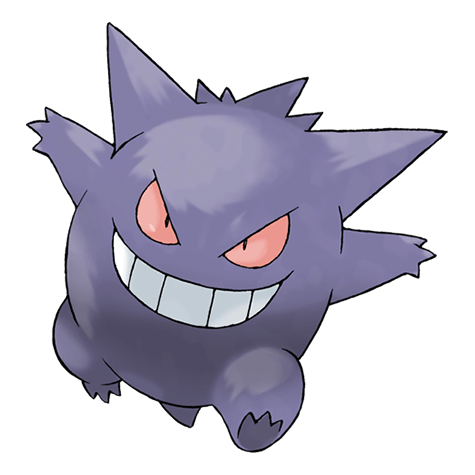
Magikarp and its evolution Gyarados embody the famous Chinese legend of a carp ascending the dragon’s waterfall. According to the legend, if a carp can climb the waterfall, it will transform into a mighty dragon. This story of persistence and overcoming challenges fits perfectly into Pokemon’s overall philosophy of growth and development.
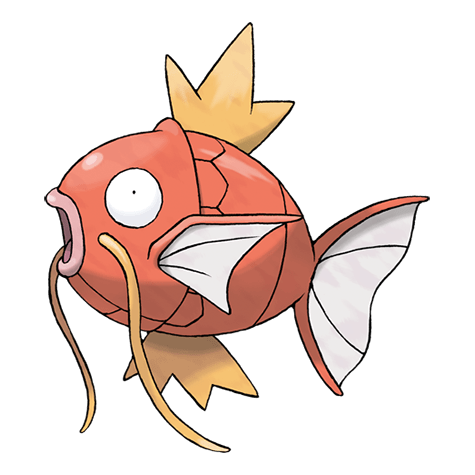
Special mention goes to the legendary birds – Articuno, Zapdos, and Moltres. Their names contain Spanish numerals (uno, dos, tres), and their design is based on ancient legends of elemental birds. In the games, they are presented as the rarest Pokemon, encounters with which require special preparation and luck.
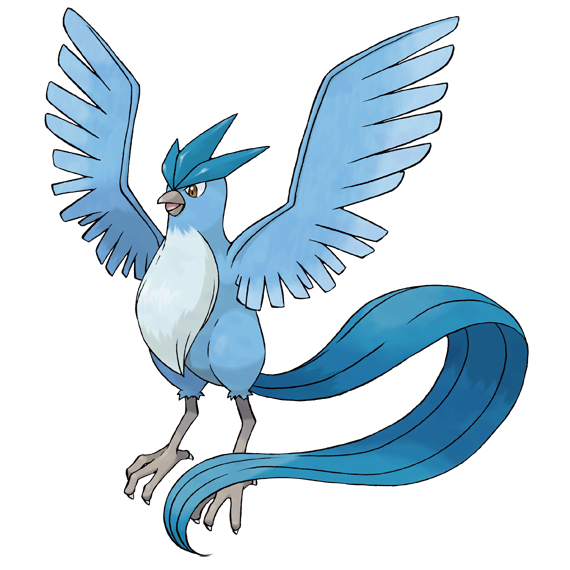
Conclusion
151 Pokemon Quiz is a journey through the creation history of one of the world’s most influential media franchises. Each of the 151 original Pokemon carries a piece of the passion and dedication that Satoshi Tajiri and his team poured into their creation.
Knowing all Pokemon by heart is a kind of art. Behind each name stands a unique creation story, cultural references, and months of painstaking work by artists and programmers. Even decades later, the first generation of Pokemon remains a benchmark for game design and an example of how a simple idea about collecting creatures can grow into a global cultural phenomenon.
Regardless of your quiz result, remember: the first 151 Pokemon paved the way for everything that followed them. They proved that video games could be much more than just entertainment – they can create entire worlds, unite people, and inspire new generations to creativity and dreams.
